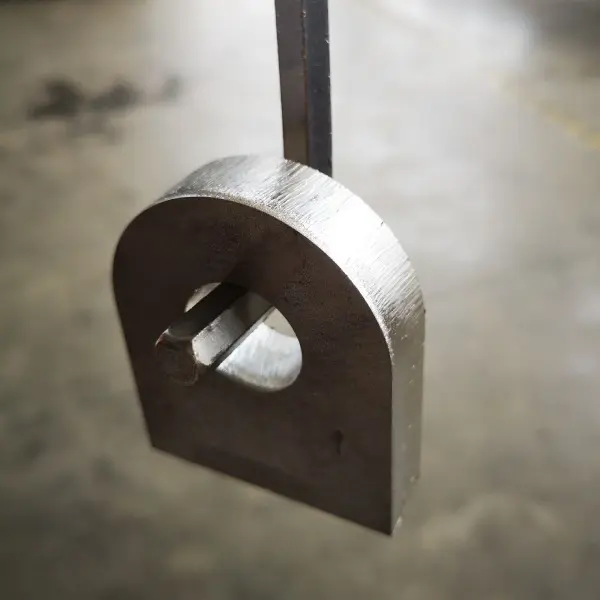
Exploring the Advancements and Applications of Laser Cutting Machines in 2018: A Comprehensive Overview
In 2018, the laser cutting machine industry experienced significant advancements that revolutionized various sectors, including manufacturing, automotive, aerospace, and arts and crafts. These machines, known for their precision, speed, and versatility, have become essential tools for businesses looking to enhance productivity and reduce operational costs. This article delves into the technological innovations, applications, and future prospects of laser cutting machines that emerged in 2018.
**Technological Advancements in 2018**
One of the most notable advancements in laser cutting technology in 2018 was the enhancement of laser beam quality and power. The introduction of fiber laser cutting machines marked a turning point for many industries. The high-quality beam produced by fiber lasers not only allowed for faster cutting speeds but also improved the ability to cut through thicker materials. These machines gained popularity due to their efficiency in processing metals, such as stainless steel and aluminum, making them ideal for various industrial applications.
Another significant technological development was the integration of automation and computer numerical control (CNC) systems within laser cutting machines. In 2018, many manufacturers introduced machines equipped with advanced CNC software that provided greater control and flexibility in the cutting process. This software allowed for intricate designs to be executed with remarkable accuracy and reduced the likelihood of human error. The automation of these processes also led to a reduction in labor costs and increased overall throughput, making laser cutting machines more appealing to manufacturers worldwide.
**Applications of Laser Cutting Machines**
Laser cutting machines found a multitude of applications across various industries in 2018. In the manufacturing sector, they were employed to produce intricate components for machinery, automotive parts, and electronic devices. The ability to cut through various materials, such as plastics, wood, and metals, enabled manufacturers to streamline production processes and improve the quality of their products.
In the automotive industry, laser cutting was integral to producing components with high precision and efficiency. Car manufacturers utilized laser cutting machines for cutting body panels, brackets, and various other components, significantly reducing production lead times. The automotive sector’s demand for lightweight materials further pushed the adoption of laser technology, as manufacturers sought to use cutting-edge techniques to maintain fuel efficiency.

Exploring the Advancements and Applications of Laser Cutting Machines in 2018: A Comprehensive Overview
The aerospace industry also benefited from the advancements in laser cutting technology. The ability to create intricate cuts and shapes made it easier to produce high-strength components that met stringent safety standards. Laser cutting machines were used to manufacture parts for aircraft interiors, engine components, and structural elements, showcasing their versatility and reliability.
In the realm of arts and crafts, laser cutting gained immense popularity among artisans and small business owners. In 2018, hobbyists and entrepreneurs utilized laser cutting machines to create customized products, such as engraved gifts, intricate jewelry designs, and decorative home decor items. This democratization of technology allowed small businesses to compete with larger corporations by offering unique, personalized products.

Exploring the Advancements and Applications of Laser Cutting Machines in 2018: A Comprehensive Overview
**Future Prospects and Conclusion**
The laser cutting machine industry in 2018 laid the groundwork for future innovations and applications. As manufacturers continue to refine the technology, we can expect to see even greater cutting speeds, enhanced material compatibility, and improved energy efficiency. The growing emphasis on sustainability and environmental responsibility will likely drive advancements in laser technology, leading to the development of machines that use less energy while maintaining high performance.
Furthermore, the rise of Industry 4.0 and the Internet of Things (IoT) will transform the laser cutting landscape. In the coming years, we may see more interconnected and smart laser cutting machines that can communicate with other devices, leading to optimized production processes and reduced downtime.
In conclusion, laser cutting machines in 2018 demonstrated remarkable advancements that significantly impacted various sectors. With their precision, efficiency, and versatility, these machines became indispensable tools for manufacturers and artisans alike. As technology continues to evolve, we can look forward to even more innovative applications and enhancements that will further solidify the role of laser cutting in shaping the future of production and design. Fiber Laser 8000 Watt Cutting Machine
